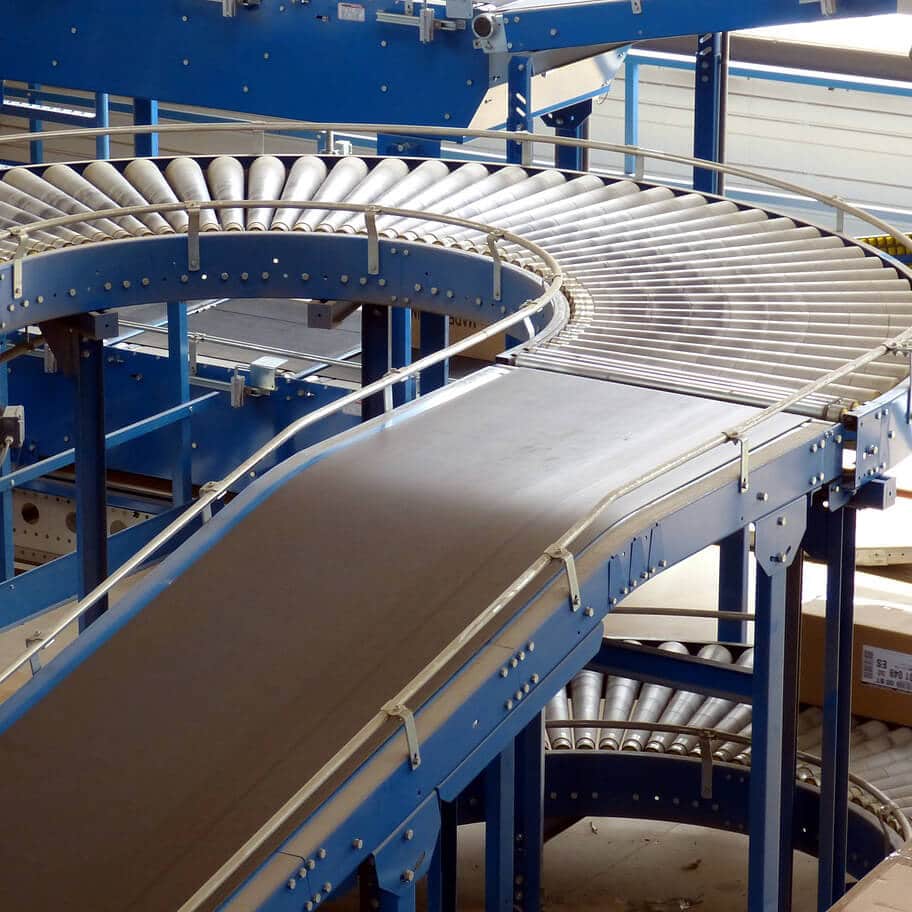Employers Liability
In general, conveyor belts are used in working environments by those in factories and supermarkets. Employers have a duty of care to their staff to ensure that they keep all tools and machinery in a good working condition that is safe for their employees to use. If employers do not follow regulations, accidents can happen and employers will be liable for any injuries sustained. They need to ensure that they carry out frequent maintenance checks and provide the correct training to those who will be working with them.
Common Injuries
Some of the common injuries sustained from conveyor belt accidents include:
- Cuts and Lacerations
- Breaks and Fractures
- Injuries to Fingers and Hands
- Head Injuries
- Bruising
- Crush Injuries
- Soft Tissue Injuries
- Muscle Damage
- Loss of Limbs
- Damage to Blood Vessels
- Fatalities
- Burns and Abrasions
- Degloving Injuries – This is when the skin on your finger is pulled from the bone and nerves. This can happen if fingers get caught in the conveyor belt while it is in operation.
Causes
Common causes of conveyor belt accidents include:
- Defective parts
- Lack of training
- Failing to secure moving parts
- Failing to carry out maintenance and repairs
- No safety guards in place
- Failing to follow regulations
- Overloaded
- The speed of the belt is too fast to keep up with
- Improperly assembled
- Items falling from the belt
- Repairing the belt while it is in operation
Accident Prevention
There are a number of things that can be done to prevent any conveyor belt accidents from happening. This includes;
Training
It is important that all those who will be working with or near a conveyor belt have had the correct training. This means that they will know how to use the belt properly and will know what to do if an accident occurs.
Lockout Policies
A lockout policy is used to ensure that all conveyor belts are locked at their power source when not in operation. This means that if anybody was to carry out repairs on the belt that it will be locked and an accident cannot happen. All staff members should be notified of the lockout procedure at the start of their employment.
Machine Guards
Machine guards should be put in place so as to ensure that nobody can be injured while working with a conveyor belt. Belts that are not fitted with guards put people more at risk of being injured while at work.
Maintenance
It is important that regular maintenance checks are carried out on all machinery in the workplace. Any problems should be fixed as soon as possible so as to avoid any further issues or serious accidents. Employers are required to carry out frequent risk assessment checks so that they can identify and eliminate any hazards.
What to do after an accident at work*?
Following an accident at work, there are a number of steps you should follow:
-
Seek medical attention
Your health is your wealth and should be your first priority. Immediately after an accident at work, take a second to assess yourself to determine if you have any injuries and seek the relevant medical attention. If you have sustained a serious injury ensure that you contact an ambulance to attend the scene.
For minor injuries, you must remember that minor injuries where you ‘feel fine’ could progress to more serious injuries in the future. In this case it is always better to be safe than sorry and advisable that you go to your nearest accident and emergency (A&E) or local GP to be checked out.
-
Report the accident
It is critical to report the accident to your superior, i.e. a supervisor or manager on site. It doesn’t matter how small you think the accident may be. By law, accidents at work are required to be reported if the person is injured and can’t perform their daily work tasks for more than three days. Make sure to fill out an Accident Report Form. This can be used for reference in any medical examination and will also prevent any similar accidents from happening in the future.
-
Identify any witnesses
If possible, try to collect the contact details of anybody that witnessed your accident. This may be of use if you do decide to pursue a workplace accident claim. It is also useful to find out if there is any CCTV in the area where your accident happened.
-
Document the incident
It is important that you collect all the relevant information in connection with your accident:
- How the accident happened
- Details of any witnesses
- If there are any CCTV recordings of your accident
- Take pictures of where the accident happened and what caused your accident
-
Speak to a workplace accident solicitor
If you are considering moving forward with a workplace accident claim for any personal injuries sustained, it is advisable that you speak with a workplace accident claims solicitor as soon as possible. If you are proceeding with a claim, the first step will be submitting your claim to the Personal Injuries Assessment Board (PIAB) for assessment. A workplace accident solicitor can help you in preparing your application to the Personal Injuries Assessment Board (PIAB) and ensure that you follow the process in the correct format, meaning that you can move forward with your claim quickly without unnecessary delays.
It is important to remember to keep copies of any expenses that you have incurred as a result of the accident. It is also imperative to retain copies of medical reports or incident report forms where possible as you will need them when making a claim.

